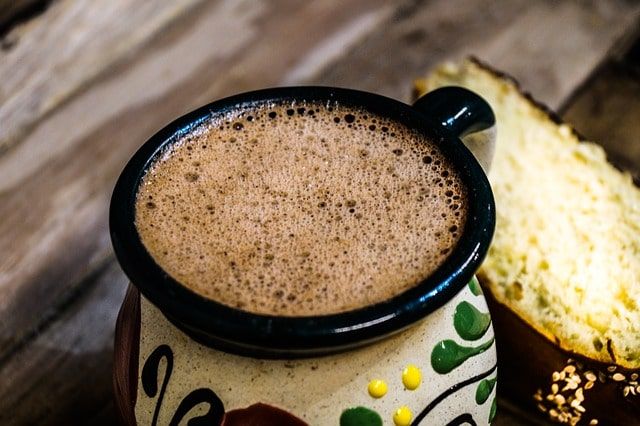Oaxacan hot chocolate, a drink to celebrate and say goodbye to life
Foaming chocolate from Oaxaca is an infallible drink in most altars, to celebrate the festivity of the dead and faithful departed. Alongside aromatic cempasúchil flowers, tamales and the favorite stew of the deceased is served in a bowl, jar or jícara.





